Podcast: Download
Subscribe: Apple Podcasts | RSS
 The center of our solar system is the sun. Moving out, we encounter…
The center of our solar system is the sun. Moving out, we encounter…
Mercury. Venus. Earth…
But wait. There’s more than one planet that starts with M.
What’s the difference between Uranus and Neptune?
And what the heck happened to Pluto?
If you find yourself wondering how to remember the planets, you’re in luck.
When you need to know how to remember the planets in order, there’s an easy (and fun) way to memorize them.
You can use an acronym or acrostic. But I recommend using the Memory Palace technique or method of loci.
Why?
- There’s no perfect mnemonic for the order of the planets
- You can use the planets themselves AS a memory palace!
But before we get ahead of ourselves, let’s look at what this post will cover:
Eight Planets, Or Nine?
Acrostic or Acronym to Remember the Planets?
What Else Can You Use as a Memory Palace?
Ways to Remember the Planets with Ars Combinatoria
Solar System Mnemonics
Make a Memory Palace With the Planets in Order
What Are the Best Ways to Remember the Planets?
Ready to remember the planets in order? Let’s get started.
Eight Planets, Or Nine?
Back in 2006, Pluto was reclassified as a dwarf planet.
You might not think something as simple as a planet at the very edge of our solar system could be a source of outrage, but the reclassification ruffled feathers around the globe.
According to NASA, “Pluto isn’t considered a planet because it hasn’t cleared the neighborhood around its orbit of other objects.”
So let’s just say – whatever your opinions, thoughts, beliefs, or fantasies about what a planet is or isn’t – that Pluto isn’t a planet. We’ll leave NASA in charge of the classification and leave the Pluto question out of today’s discussion!
The good news is, the techniques in today’s post can extend to any and all astral bodies.
And if you want to go even further, you can combine the power of the Major Method and using Memory Palaces to memorize vocabulary to memorize anything in our sky.
These techniques will work for you whether you want to memorize:
- The order of the planets in our solar system,
- Stars, moons, and dwarf planets,
- Spacecraft, astronauts, and astronomers, or
- Celestial bodies in galaxies far away.
And if you want to learn more about our solar system, I highly recommend The Planets — a companion book to the BBC series. According to the publisher, “Andrew Cohen and Professor Brian Cox take readers on a voyage of discovery, from the fiery heart of our Solar System to its mysterious outer reaches.”
Now let’s look at one of the first ways people usually learn the planets in order.
Acrostic or Acronym to Remember the Planets?
For the purposes of today’s post, we’ll stick to memorizing the order of the primary planets in our solar system, in order from closest to furthest away from the sun.
What if you could take a “backpacking” tour of the solar system as part of your quest to understand how to remember the planets in order?
Or, you could use an acronym to remember the planets… but MVEMJSUN isn’t a very sensible one, right?
Instead, what if you used an acrostic? An acrostic is a poem or composition that uses certain letters in each line to form a word. So for our planets, we might see acrostics like:
My Very Educated Mother Just Served Us Noodles.
A fun brain exercise is to think of as many different acrostics as you can using the first letters of each planet.
Quite frankly, I think acronyms and acrostics are not good ways to remember the planets. It just doesn’t make a lot of sense, in my view. And I believe we can do better!
I think that we can do it in a way that allows us to turn what we do to memorize the order of the planets into a memory palace.
In fact, it’s not just the planets you can use to create a memory palace — let’s look at your other options.
What Else Can You Use As a Memory Palace?
In the image below, we supposedly see Giordano Bruno looking out beyond the known solar system to imagine all the stars that lay beyond.
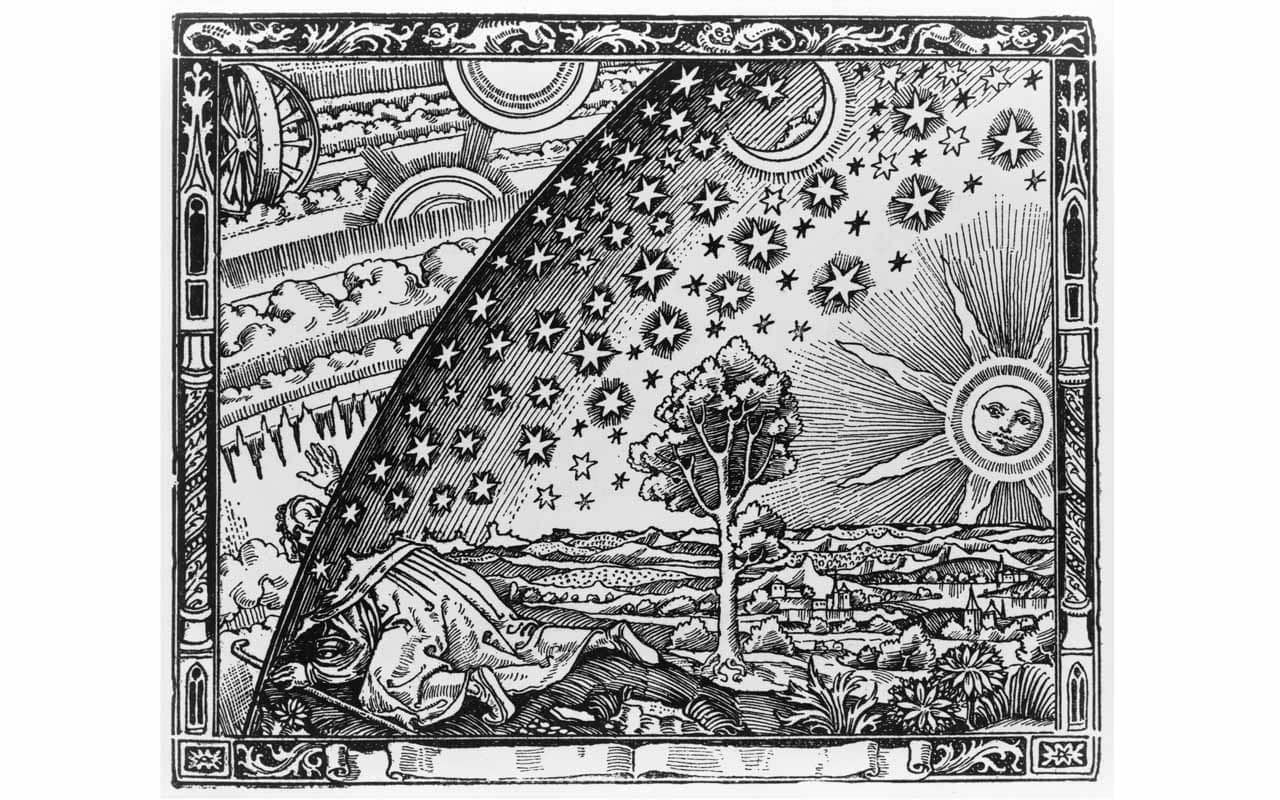
I particularly enjoy the work and writing of Bruno, and have incorporated him into a series about the Art of Memory on YouTube.
His book De Umbris Idearum and Ars Memoriae: On the Shadows of Ideas & the Art of Memory (as well as other works) talk a lot about the stars and the constellations, and how to use them as memory palaces.
If you go on to read The Hermetic Art of Memory by Bruno’s student Alexander Dicsone, you’ll discover a means of using the mansions of the moon as Memory Palaces.
In part two of the Art of Memory playlist, I show you the quote where Bruno essentially tells us (here I’m paraphrasing), “My solutions are just examples. Go your own way. Make your own mnemonic examples. You don’t have to memorize what I have memorized or use my tools…”
And if you really want to understand The Art of Memory you do need to understand something about the stars, what Bruno may have done with them, and what this practice is all about.
Our takeaway from him is that we can use whatever symbols or objects we want in order to create a memory palace — so why not include the solar system as a memory palace to remember the planets in order?
As we’re preparing to use the solar system to create a memory palace, we also need to discuss mnemonic devices for the planets. And this requires a little bit of discussion of Ars Combinatoria.
Ways to Remember the Planets with Ars Combinatoria
Ars Combinatoria translates to the “art of combination.” If you do a bit of research about it, you’ll find this definition on Wikipedia:
“All concepts are nothing but combinations of a relatively small number of simple concepts, just as words are combinations of letters. All truths may be expressed as appropriate combinations of concepts, which can in turn be decomposed into simple ideas, rendering the analysis much easier. Therefore, this alphabet would provide a logic of invention, opposed to that of demonstration which was known so far.”
We won’t dive too deep into Ars Combinatoria today, because it’s what I would call hidden-lost.
Bruno was fascinated with the Catalan philosopher and theologian Ramon Llull (c.1232–1316) and some of the apparent contradictions around Ars Combinatoria. But without a time machine to go back and talk to these great philosophers, we get to reconstruct how they came about their discoveries.
Instead, let’s look at something called the “coach effect” as an example.
You can see this in lots of realms — sports, screenwriting, etc. The coach effect is that sometimes people are experts at getting performance out of other people, but can’t do it themselves.
For example, when I was a story consultant it always amazed me how the best story consultants could get paid a million dollars to tell you what to fix about your screenplay… but they couldn’t write a screenplay to save their lives.
They’re story mechanics who understand the topic so deeply but can’t operate on the other side of the pen.
There is probably no other way for anybody to achieve the highest possible level except through Ars Combinatoria. If you’re feeling a bit lost with these concepts, be sure to sign up for the free memory masterclass to get the base knowledge necessary to be successful.
Next, let’s work on the first step of our solar system memory palace: mnemonics.
Solar System Mnemonics
In our efforts to learn the planets in order (and make a memory palace out of them) let’s start with the planet closest to the sun and work our way out into the solar system.
Mercury
The closest planet to the sun is also the smallest. And the sunlight there would be up to seven times brighter than we’re used to here on earth!

So how can we use Ars Combinatoria to help us turn Mercury into the first station of our memory palace? What magnetic imagery can we use to help us remember?
One way is to think of Madame Curie.
Maybe they’re working on a cure. MerCURy.
Venus
Have you heard the current debate about whether scientists have discovered signs of life on Venus… or if it’s just a weird chemical reaction? Whichever side of the debate you’re on, let’s look at our mnemonic example.
“I’m your Venus.
I’m your fire.
At your desire.”
The song by Dutch Rock band Shocking Blue can help you remember the second planet from the sun.
Earth
Did you know that the Earth is the only planet not named for a Greek or Roman deity? Instead, the germanic word earth simply means, “the ground.”
When you want to remember our home planet Earth, how about visualizing an ear?
Who has ears? Turns out, most living things “hear” in some way or another. But one sticky way to remember an ear is to think about our friends with giant ears — the rabbit.
Mars
Here on Earth, we have earthquakes. But did you know that Mars also has seismic activity? They’re called – not surprisingly – Marsquakes.
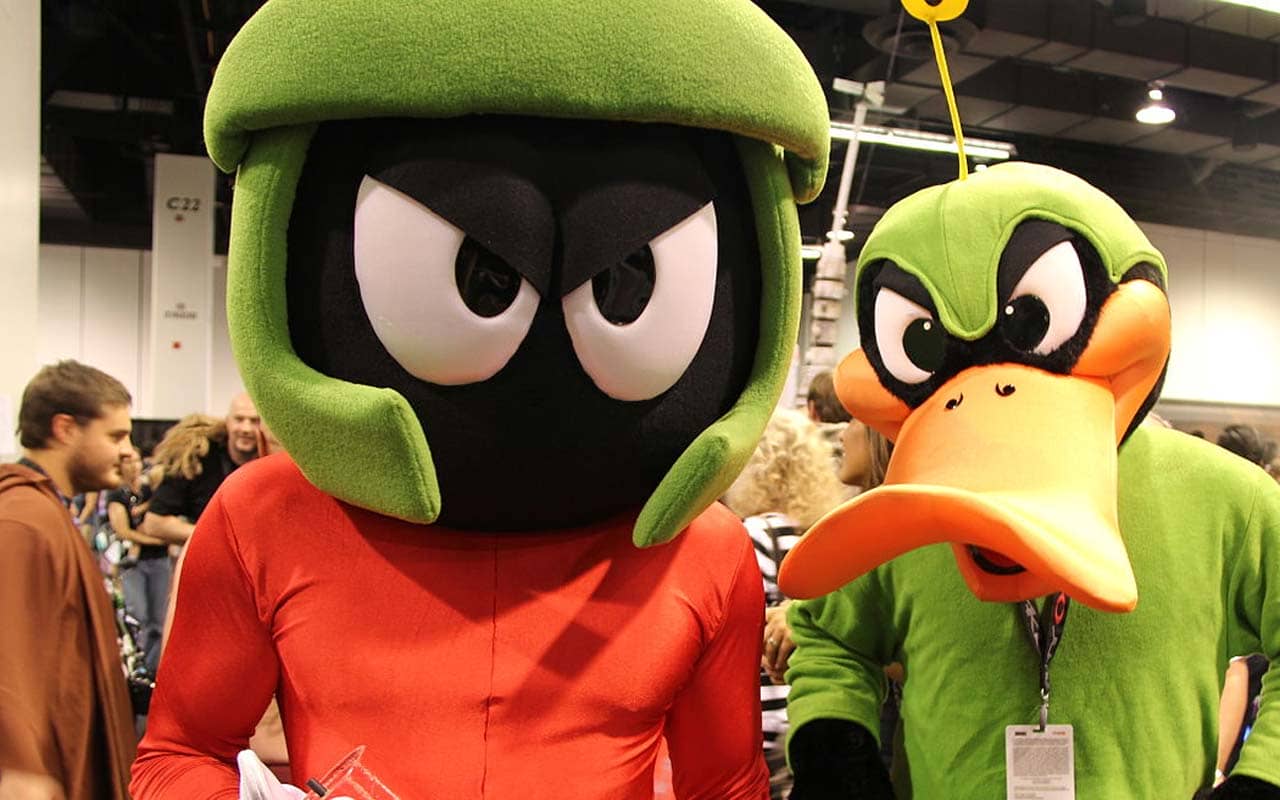
One of the first things that comes to mind when I think about the Red Planet is Martians. And one of the most famous Martians is… Marvin the Martian. If you can hear his voice in your mind, even better!
Jupiter
Jupiter’s Great Red Spot is large enough to swallow the Earth — measuring about 9,800 miles across.
Let’s switch primary colors, from red to blue, and think about juniper berries.
Juniper is obviously not Jupiter, but it’s aurally similar. Plus, if you know Amphitryon (an early Latin play by Plautus) then you know that Jupiter comes down to impregnate Alcmena, and Alcmena’s child is Heracles — and this is the story of the virgin birth many, many years previous to the story of the other virgin birth.
But even if you’re not familiar with ancient Roman theater, it’s still easy to remember juniper = Jupiter, right?
Saturn
Titan is Saturn’s largest moon — large enough, in fact, to have its own atmosphere. The writers at Astronomy.com even went so far as to pose a thought experiment: since an airtight spacesuit is not a necessity on the satellite, what would Titan smell like?
Turns out, “a bouquet of musky sweetness, bitter almonds, gasoline, and decomposing fish would likely fill the air.” Yum.
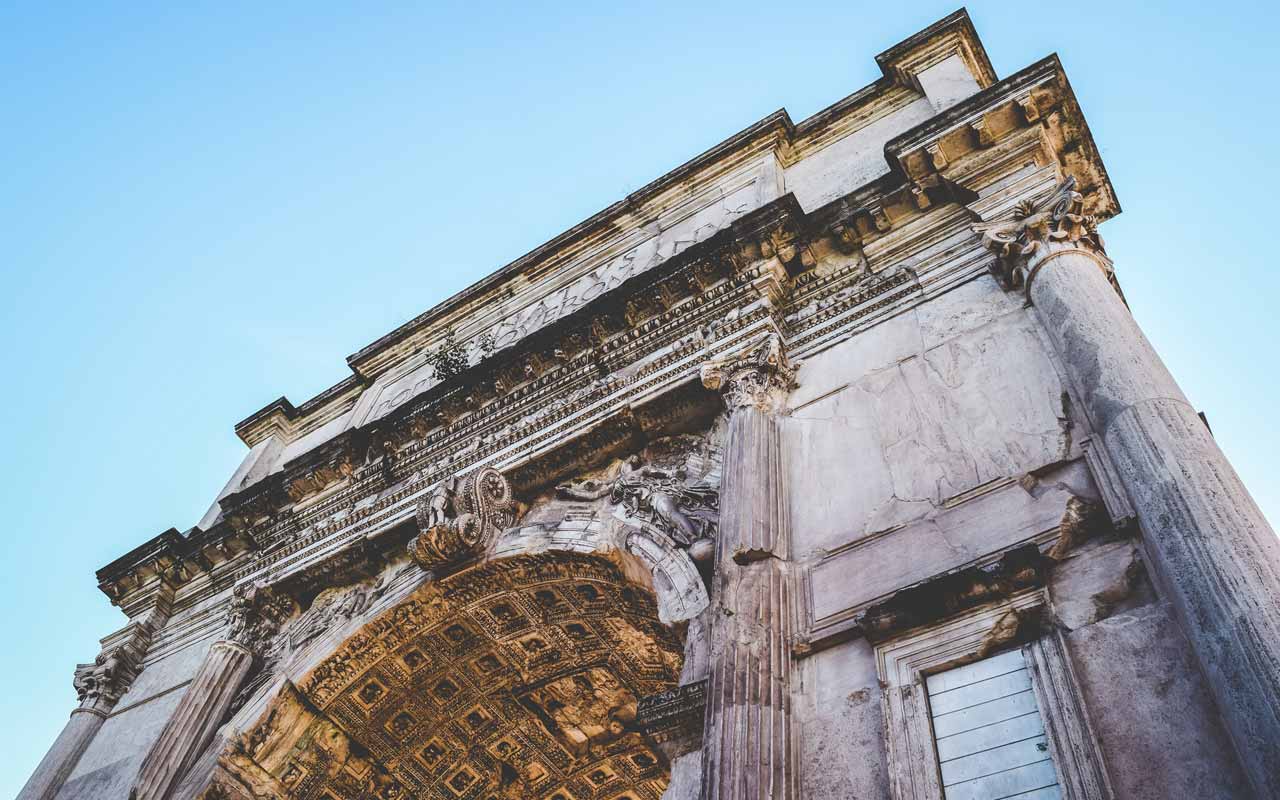
For our purposes, let’s turn to something closer to our home planet. In Titus Andronicus (a Shakespearian tragedy) there’s a character named Saturninus who is Son of the late Emperor of Rome. Saturninus is a gloomy, saturnine character, very full of “Saturn” visual imagery.
And if you haven’t read or seen Titus Andronicus, I highly recommend it. It’s wonderful for a mnemonist — full of dramatic imagery you can use for your memory palaces.
Uranus
Fun fact about the 7th planet… it’s tilted so far on its axis that it basically orbits the sun on its side. This odd orbit means seasons on the planet are extreme and last for about 20 years.
https://www.youtube.com/watch?v=pN_AC9KHlM8
I know a lot of people might make jokes about Uranus… but for the purposes of our memory palace, we’ll think about Israeli-British illusionist Uri Geller and his spoon-bending illusion.
He’s a great example of mnemonic imagery because he’s larger than life and filled with conflicting emotions. You can have cognitive dissonance with people like him, which makes him perfect for your memory work.
Neptune
Our eighth and final planet (sorry, Pluto) is Neptune, which has one large moon. Triton appears to be an object captured out of the Kuiper belt — and it almost destroyed the entire Neptunian system in the process of getting captured.
While there are a few conceptual abstractions you could use to remember the final planet, let’s keep it simpler.
Remember the Nebuchadnezzar, the hovership Morpheus captains in The Matrix? You can use the Nebuchadnezzar (nicknamed the Neb) to help you remember Neptune — maybe the scene where the Sentinels are attacking the ship.
Now you have all your solar system mnemonics in place, let’s look at how to turn them into a memory palace.
Make a Memory Palace With the Planets in Order
You could make a memory palace with the planets in a number of different ways, but today we’ll put them into a two-room memory palace to keep things simple.
You can even turn each of the planets into what’s called an “eternal station” so that any time you need assistance to help you remember something, you have imagery ready to go.
In the Magnetic Memory Masterclass, I give you better ways to think about this and there are also some drills in the Card Memorization course based on this thinking. Although card memorization seems like an unrelated skill, it actually helps you develop a number of abilities that are useful across the board.
For example, it helps you deal with repetitive words and ideas, as well as information types that have several units of meaning gathered together.
In the image above, you can see each of the planets in their own corner of the memory palace. The whole point of the Art of Combination and memory techniques is your ability to get something going because you’re prepared in advance.
It’s a very fun and simple way you can learn how to remember the planets. When you have a memory palace (or two) you can keep your eternal memory palace open so you can work with it for the rest of your life. Whenever you want to memorize more things, you have images you can work with and tie together.
What Are the Best Ways to Remember the Planets?
In the end, the best way to remember the order of the planets is to use the method that will work best for you — and the one you’ll stick with!
You might decide to use a memory palace or learn how to memorize playing cards. Maybe an acrostic will work best for you. It’s up to you to experiment and find out.
And if you want to learn more about how to create and use a memory palace, be sure to check out my free memory improvement kit. With the memory palace technique, you can memorize pretty much anything you want!
Related Posts
- How to Remember Polyatomic Ions: The Ultimate Guide
Learning how to remember polyatomic atoms is easy and fun. Learn how to memorize at…
- How To Remember The Amino Acids: A Proven Mnemonic
If you need to know how to remember the amino acids, this detailed tutorial is…
- Cranial Nerves Mnemonic: Remember All 12 Cranial Nerve Names in Order
A good cranial nerves mnemonic can be hard to find. Here are 12 you can…



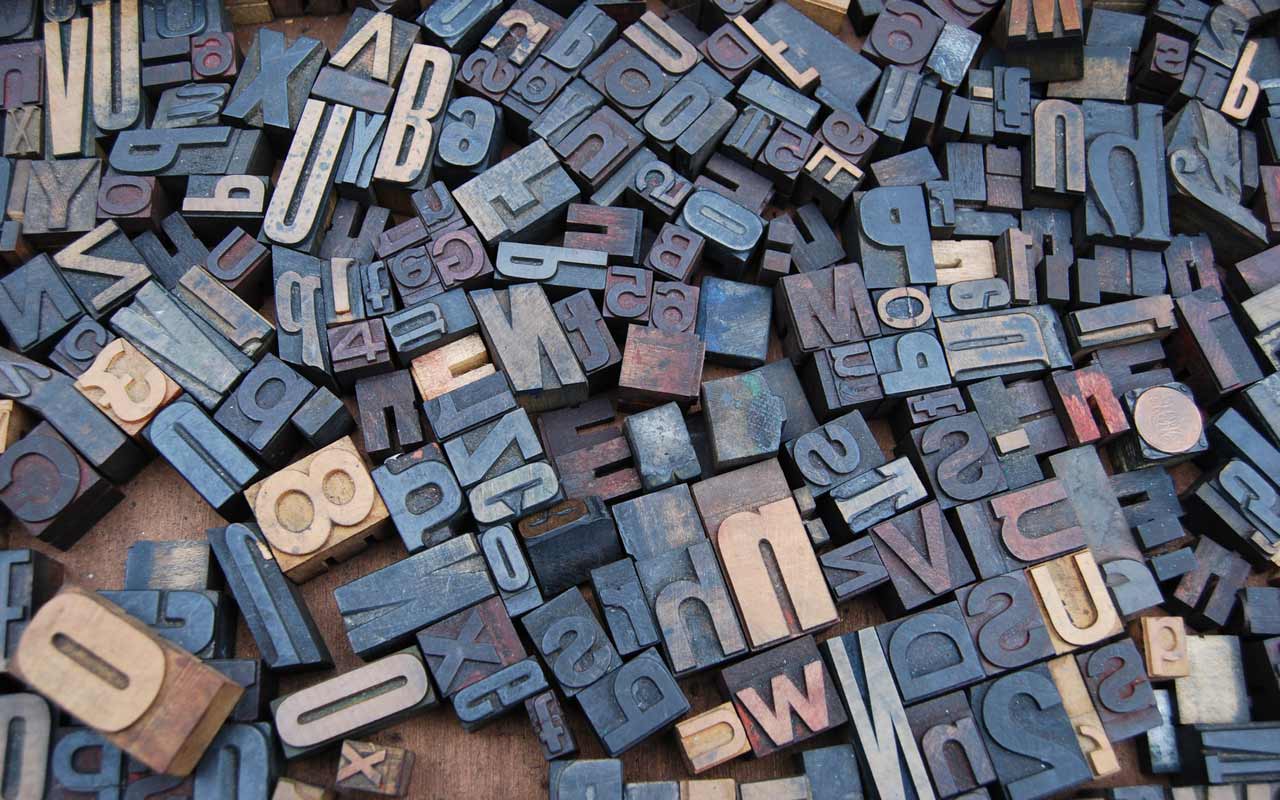



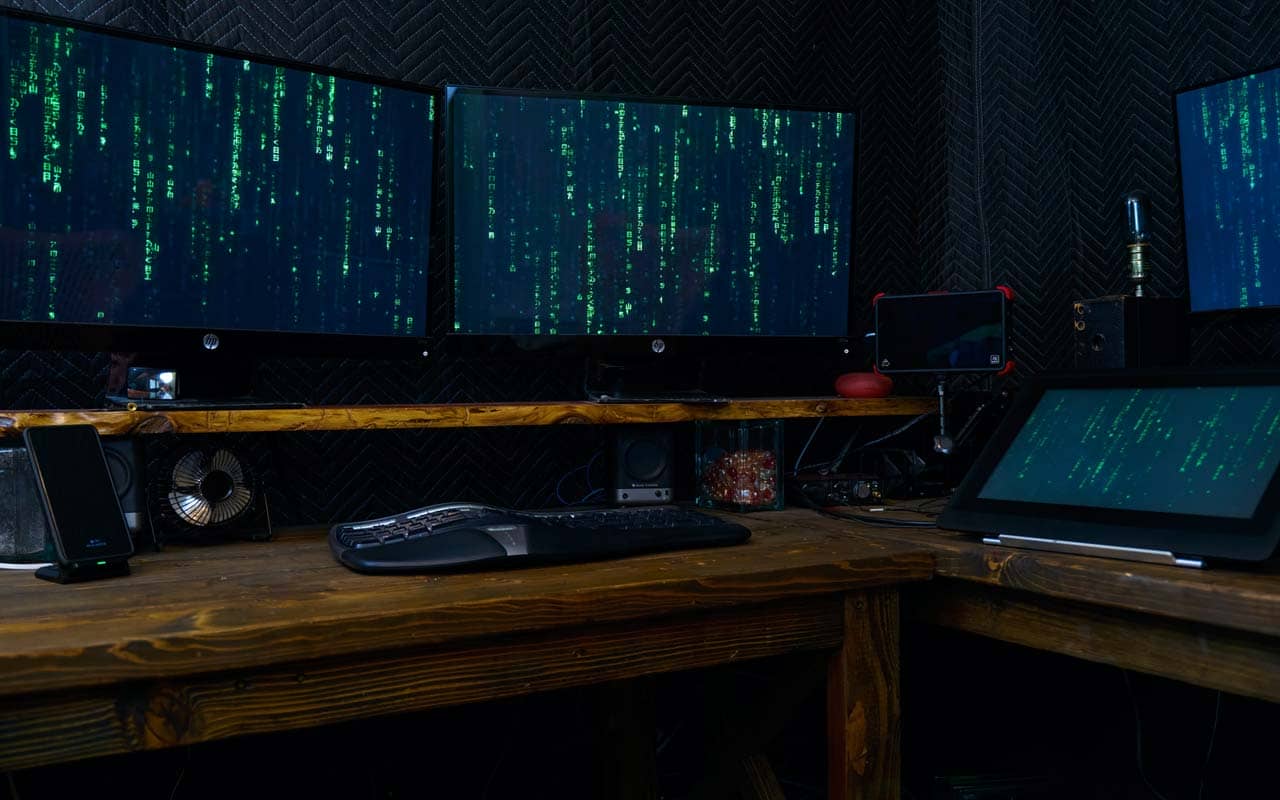
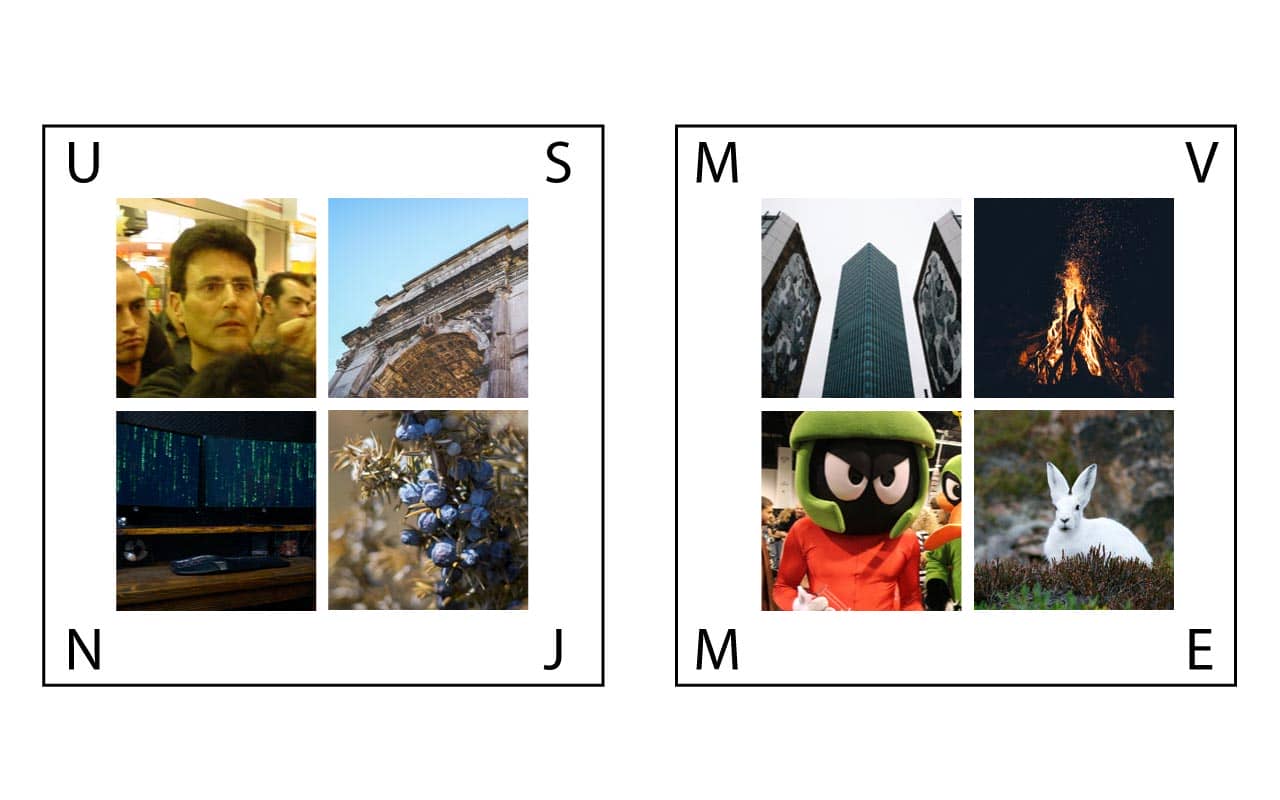



6 Responses
This is the little old lady from Yakima,WA, yes, complete with the tennis shoes from Pasadena. The information I was able to use from your posts has changed my life. From being lucky to remember my name to being able to remember anything I put my mind to. At first it took three months to memorize three verses. This season, only a couple of weeks and sometimes only one week to remember the verses and, I still remember exactly where I “put” the ones from last year! The most important change I think is that I see myself as able where before there was no way I had anything close to “Yes, I can”. Thank you soo much!
I’m so glad you’ve put these techniques into action and gotten results. Things will just keep getting better and better the more you use them.
Onward!
My Very Elderly Mother Jumps Suddenly Under North Pole
Love how you’re bringing the visual and conceptual together here, Damian!
You could always use Sailor Moon, haha
Please say more about the strategy you have in mind. It sounds intriguing! 🙂